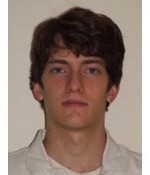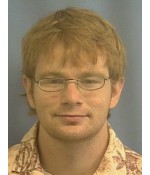It’s time for incoming first-year students to register for classes for the fall semester. We in the physics department are looking forward to meeting you all in the fall.
Here’s some information about the physics courses available for new students. If anything here isn’t clear, or if you have any questions about which course is for you, ask us!
Physics majors typically start with Physics 131 in the fall and either 132 or 134 in the spring. There are four sections of physics 131 available this fall. Physics 131 is mostly about mechanics but has some other topics as well. It requires either that you’ve had some calculus or that you take Calc. 1 at the same time.
Pre-med students and students in other science majors also take this same sequence of courses, and the course fulfills the science requirement for non-science majors, so even if you’re not sure what you’re majoring in, keep this course in mind.
Students with strong high school physics backgrounds can skip Physics 131 and start right away with Physics 132. There is one section of this course offered in the fall. University policy says that you need a 4 or 5 on the Physics C Mechanics, or departmental permission, to skip Physics 131. If you have a strong physics background but didn’t take the right AP exam, email us or talk to one of the physics faculty when you arrive in town to see if you should be in 132. (This applies especially to international students, who aren’t part of the US AP system.)
If you think you might want to major in physics (even if you’re not sure), and you’re eligible to skip 131, we strongly urge you to sign up for Physics 132 in the fall. Finishing the introductory physics sequence early will give you a lot more scheduling flexibility in future semesters (and remember that even if you end up majoring in another science, you’ll still need to take this course).
Students with very strong physics backgrounds (a 4 or a 5 on the Physics C: Electricity & Magnetism AP exam) are eligible to skip both semesters of the introductory sequence. If you’re in that category, and you think you might want to study physics, the best courses for you are Physics 205 (Modern Physics) and/or Physics 301 (Mathematical Methods). Once again, if you didn’t take the appropriate AP exam but think you might have the right background for this option, ask us.
For students who aren’t planning to major in a science, we offer Physics 125, a survey of conceptual physics. This course fulfills the general-education science requirement, but it does not fulfill prerequisites for more advanced science courses.




